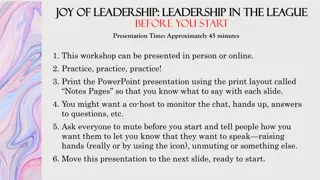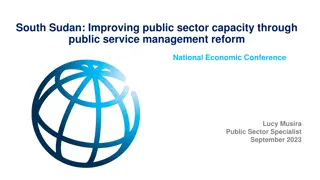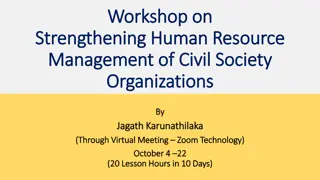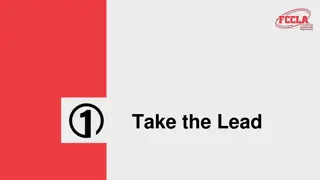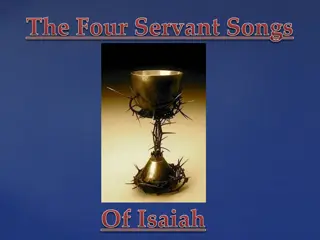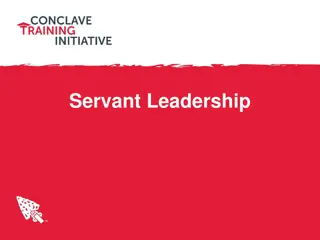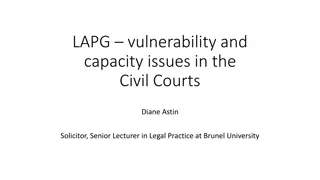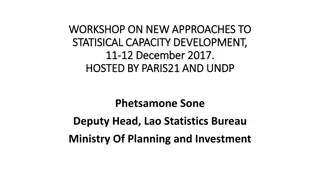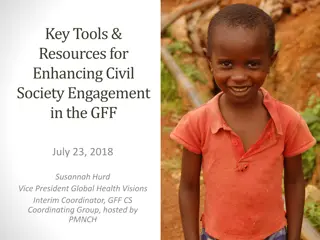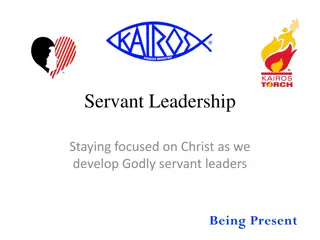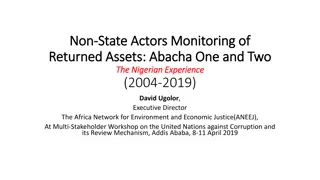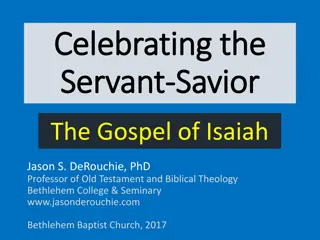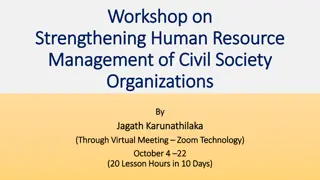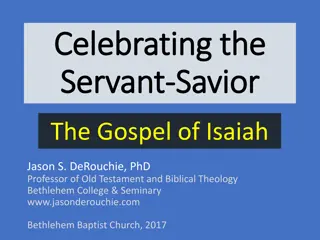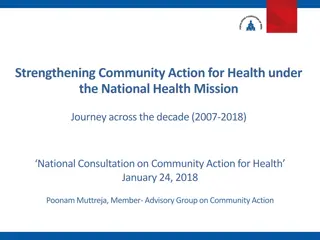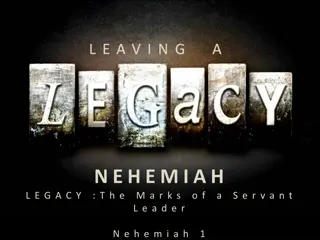Strengthening Civil Society and Civil Servant Capacity Through Community of Practice Workshop
A Community of Practice (CoP) is a group where practitioners with shared interests engage in joint activities, discussions, and resource sharing to enhance learning and develop new ideas and strategies. This workshop in Belize focused on improving communication and collaboration between Civil Servants and Civil Society to better serve underserved communities. Participants brainstormed and prioritized key ideas to guide the CoP's future work.
Download Presentation

Please find below an Image/Link to download the presentation.
The content on the website is provided AS IS for your information and personal use only. It may not be sold, licensed, or shared on other websites without obtaining consent from the author.If you encounter any issues during the download, it is possible that the publisher has removed the file from their server.
You are allowed to download the files provided on this website for personal or commercial use, subject to the condition that they are used lawfully. All files are the property of their respective owners.
The content on the website is provided AS IS for your information and personal use only. It may not be sold, licensed, or shared on other websites without obtaining consent from the author.
E N D
Presentation Transcript
Community of Practice Inception Workshop Strengthening Civil Society and Civil Servant Capacity in Belize through Partnership September 2019 Dr. Kathleen Earl Colverson, University of Florida
What is a Community of Practice? Communities of practice are groups of people who share a concern or passion for something they do, and learn how to do it better as they interact regularly
Community of Practice (CoP) Members of a community of practice are practitioners It is not just a club of friends or a network of connections between people. It has an identity defined by a shared domain of interest Members engage in joint activities and discussions, help each other, and share information They develop a shared repertoire of resources: experiences, stories, tools, ways of addressing recurring problems together
A Community of Practice is a place where Emphasis is on learning, developing new ideas and strategies. Learning Group formation tends to be spontaneous. Spontaneous Activity happens around a set of shared problems. Shared Problems Members act as sounding boards for new ideas & help each other. Mutual Engagement CoP chooses members, and members choose whether to participate or not. Reciprocal Process People who may never come in contact are otherwise connected. Connected Knowledge about specific practices flows from individual insights to documented, verified, used best practices and from location to location. Best-Practice Sharing Body of knowledge is collected, connected with members, organized, upgraded, and re-deployed. Knowledge Stewarding Boundaries are crossed to generate new ideas. Innovation (Adapted from Kulkarni, 2000; Gotto IV, 2009, Wenger 1998)
What are our shared values or ideas for working together? Break into small groups with equal numbers of Civil Servants and Civil Society participants Brainstorm around What are our shared ideas for improving communications and working together to enhance services to underserved communities in Belize ? List top three ideas on flip chart and share with plenary
Prioritizing key ideas for CoP for Belize Review the top ideas from each group Clump ideas into themes Each participant votes with stickers for the top three ideas for the CoP to start work on Decide who will be the champion for each idea with TIDE
References: Etienne and Beverly Wenger-Trayner, Communities of Practice https://wenger-trayner.com/ https://www.knowledge-management-tools.net/communities-of- practice.html Blankenship, S. Ruona, W. (2007). Professional Learning Communities and Communities of Practice: A Comparison of Models, Literature Review Gotto IV, G., Turnbull, A., Summers, J. Blue-Banning, M. Community of Practice Development Manual: A Step-by-Step Guide for Designing and Developing a Community of Practice. Accessed May 2014 at: http://www.researchutilization.org/products/copmanual/CoP_Manual. pdf


